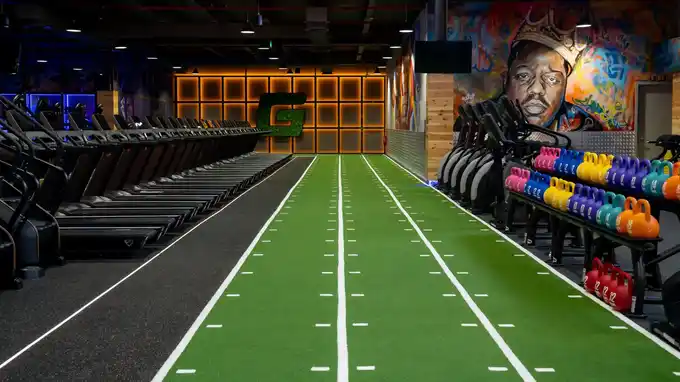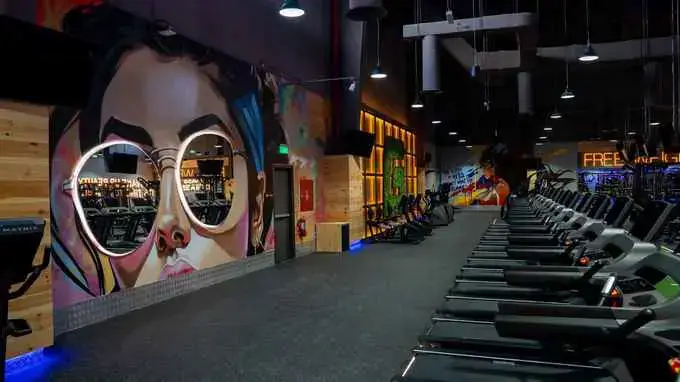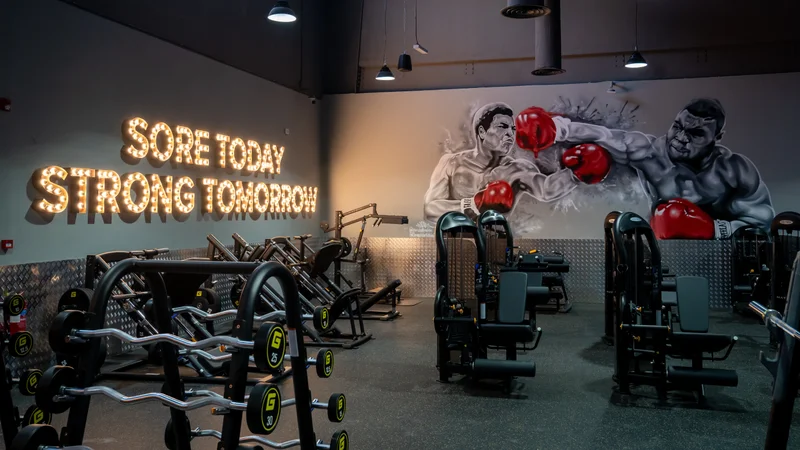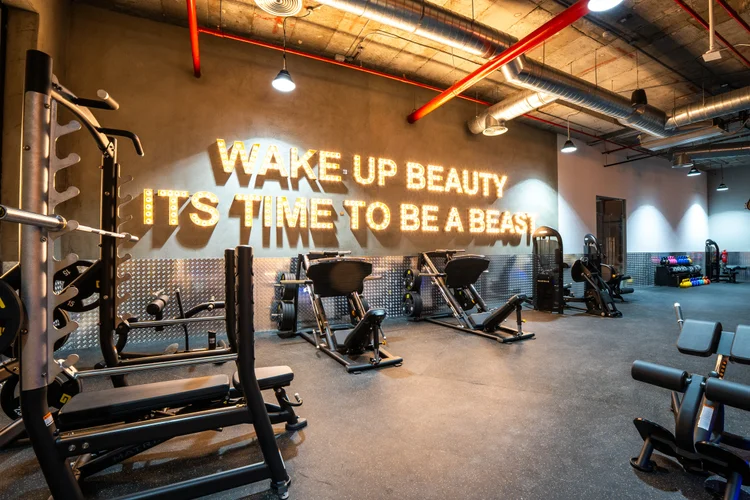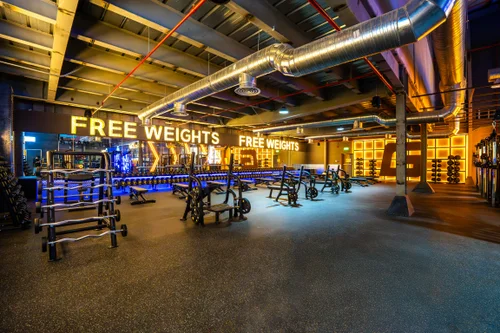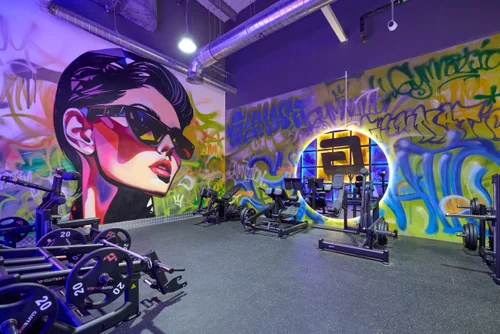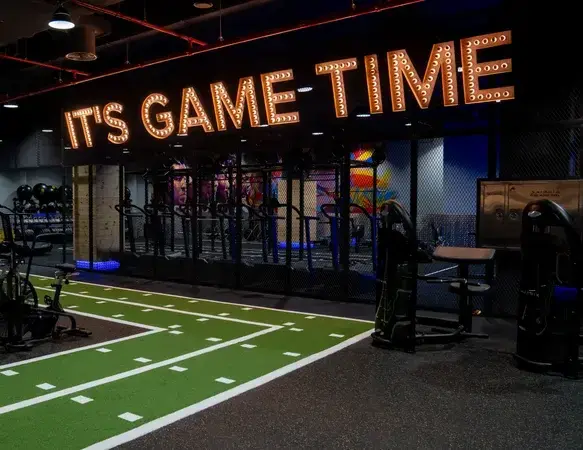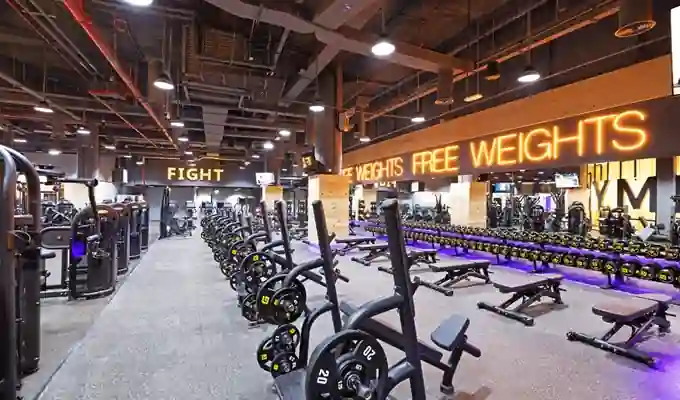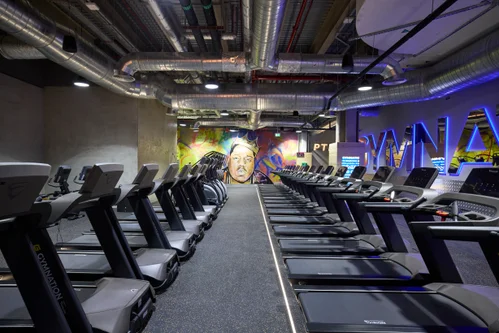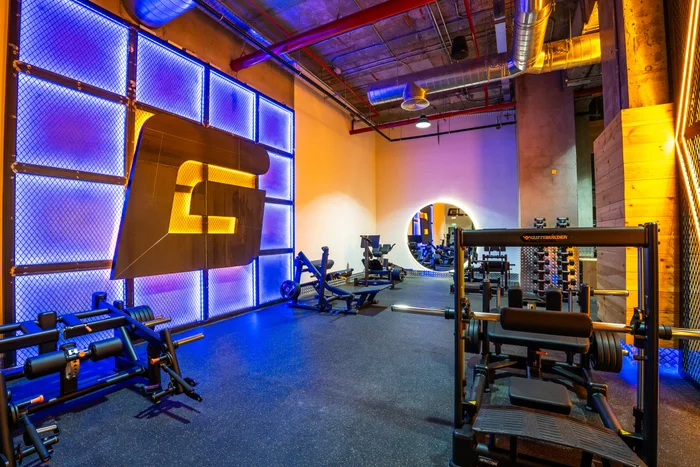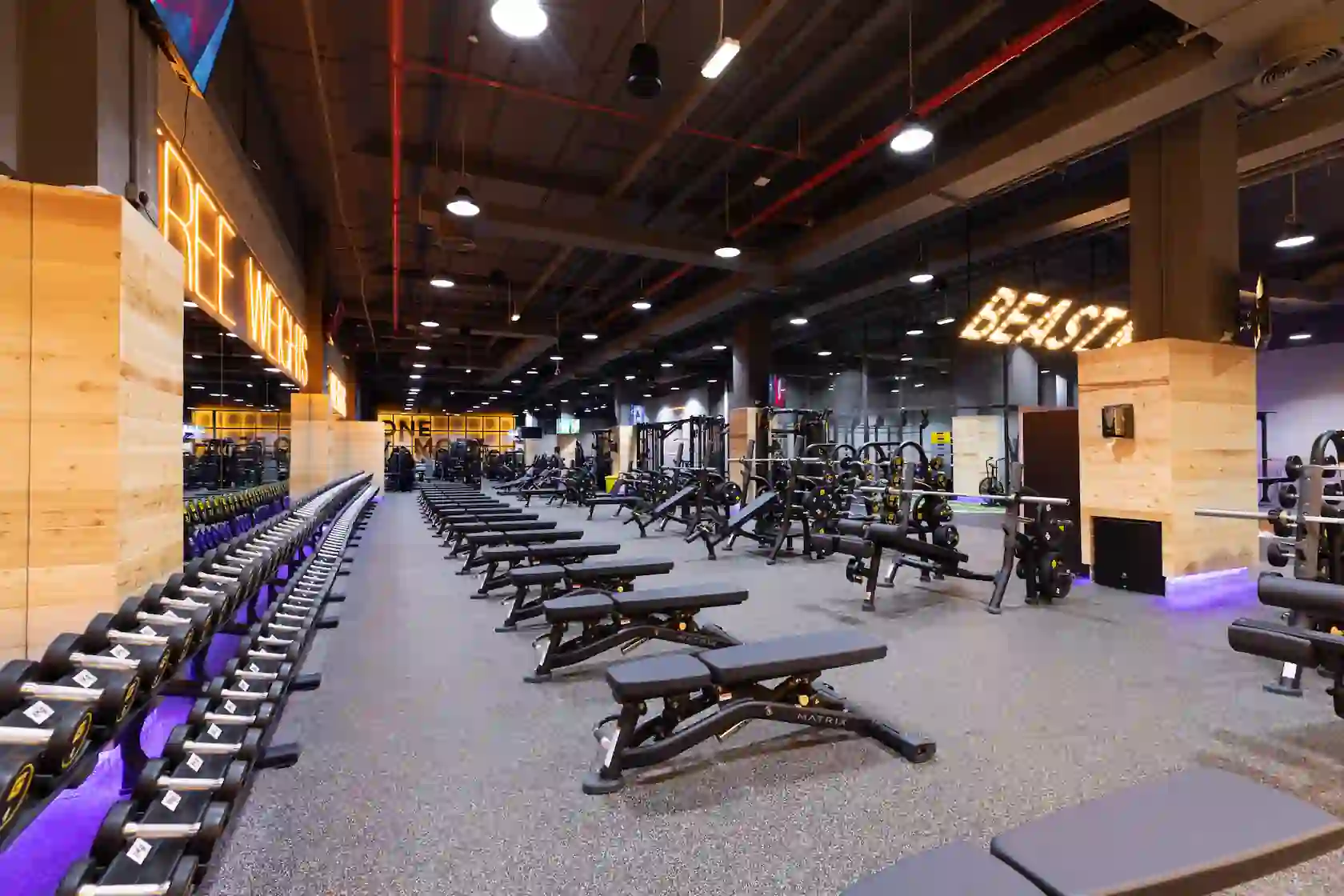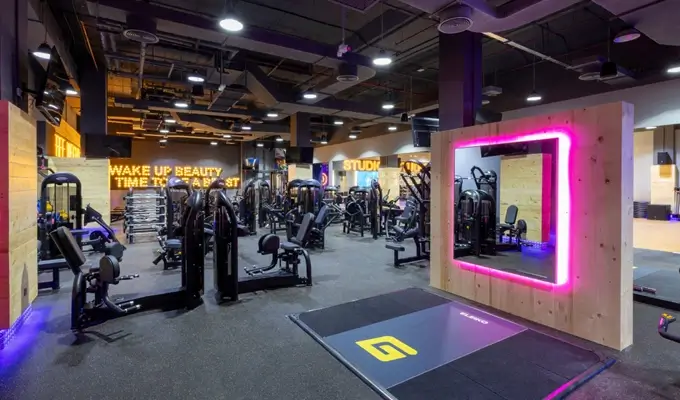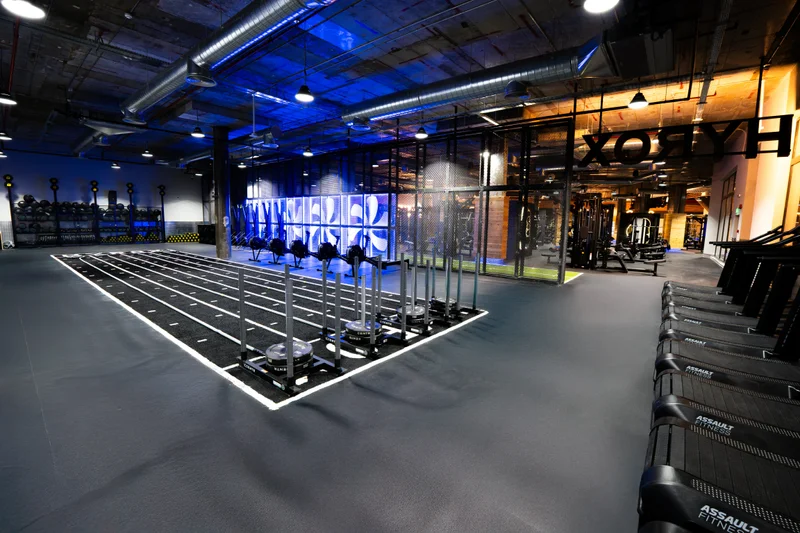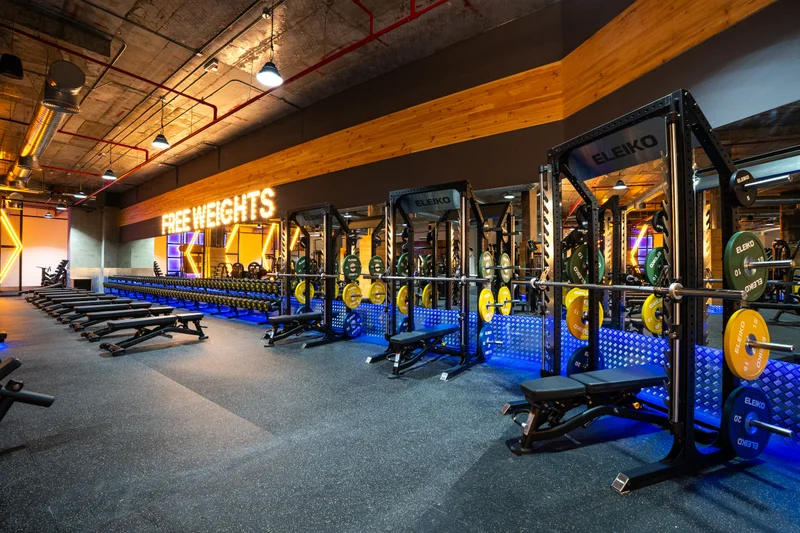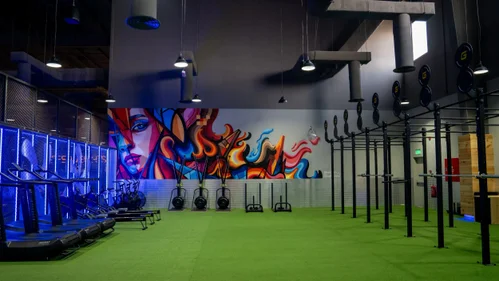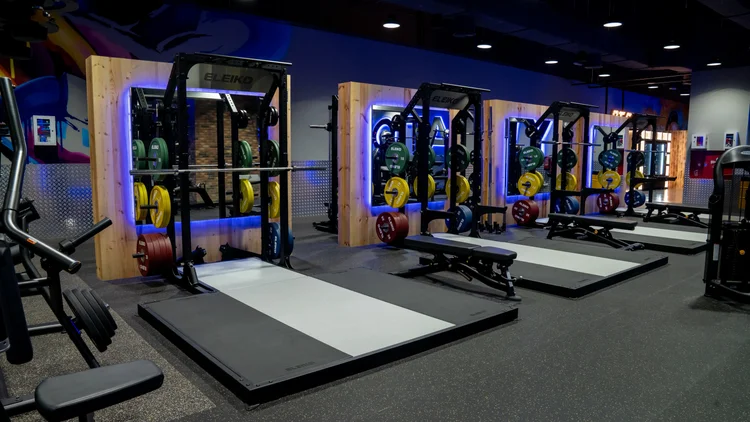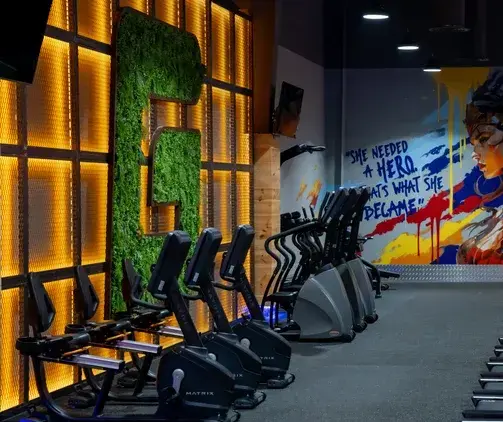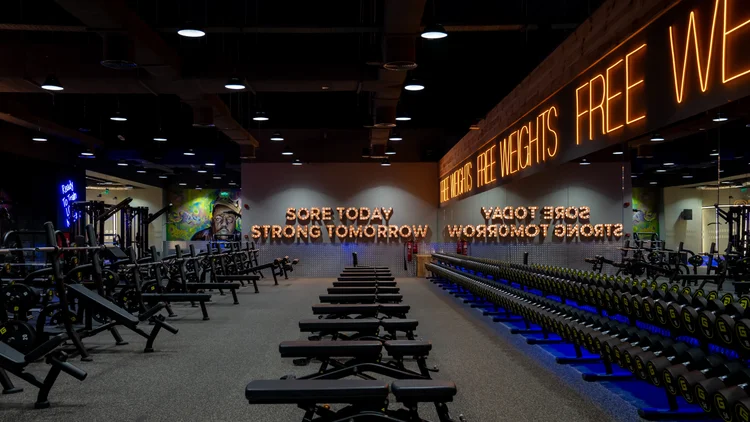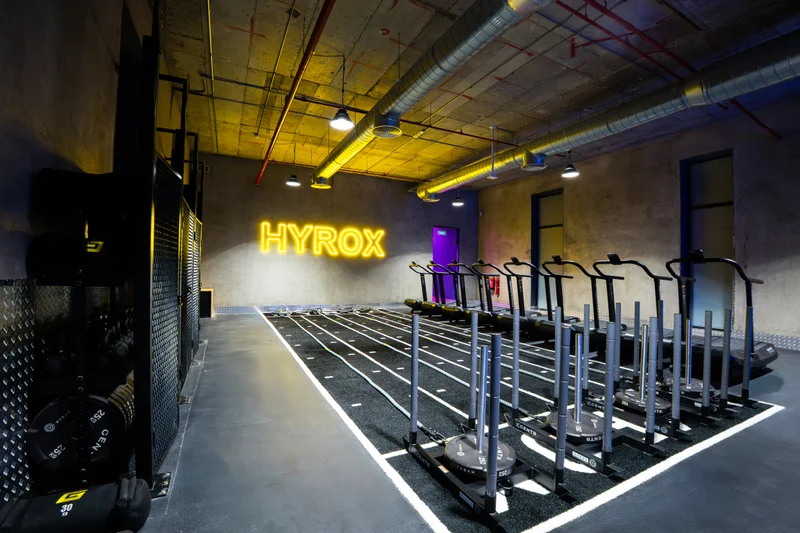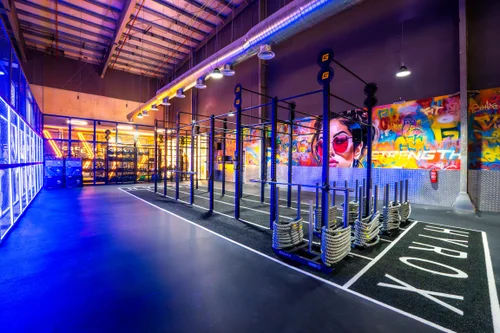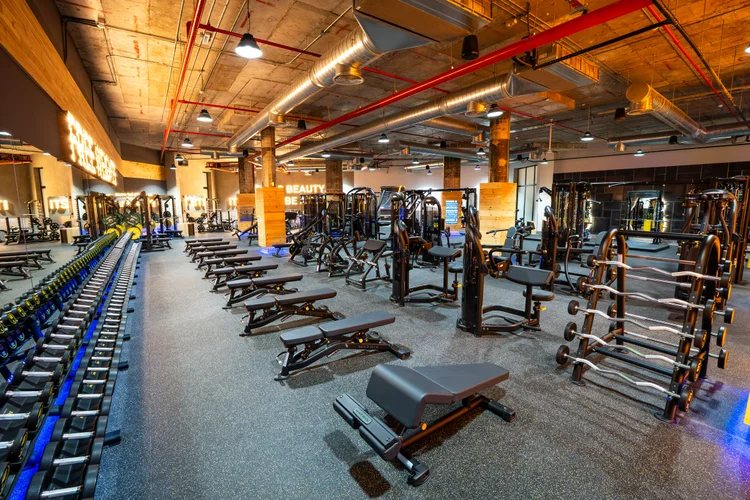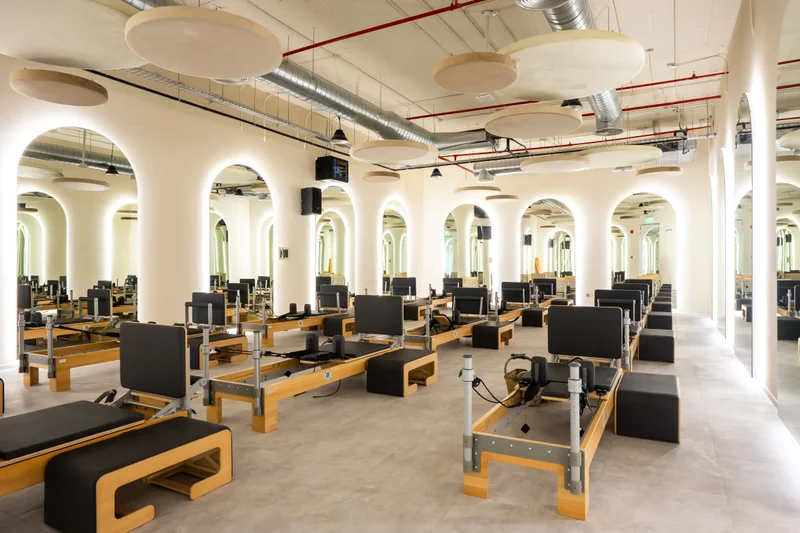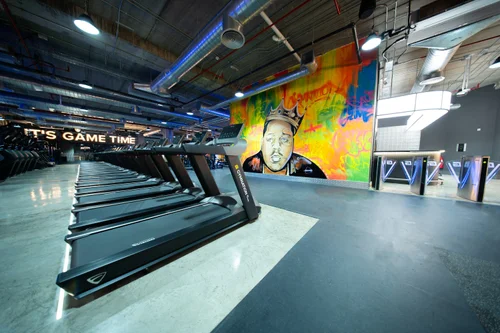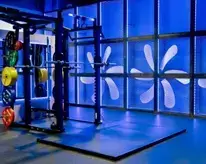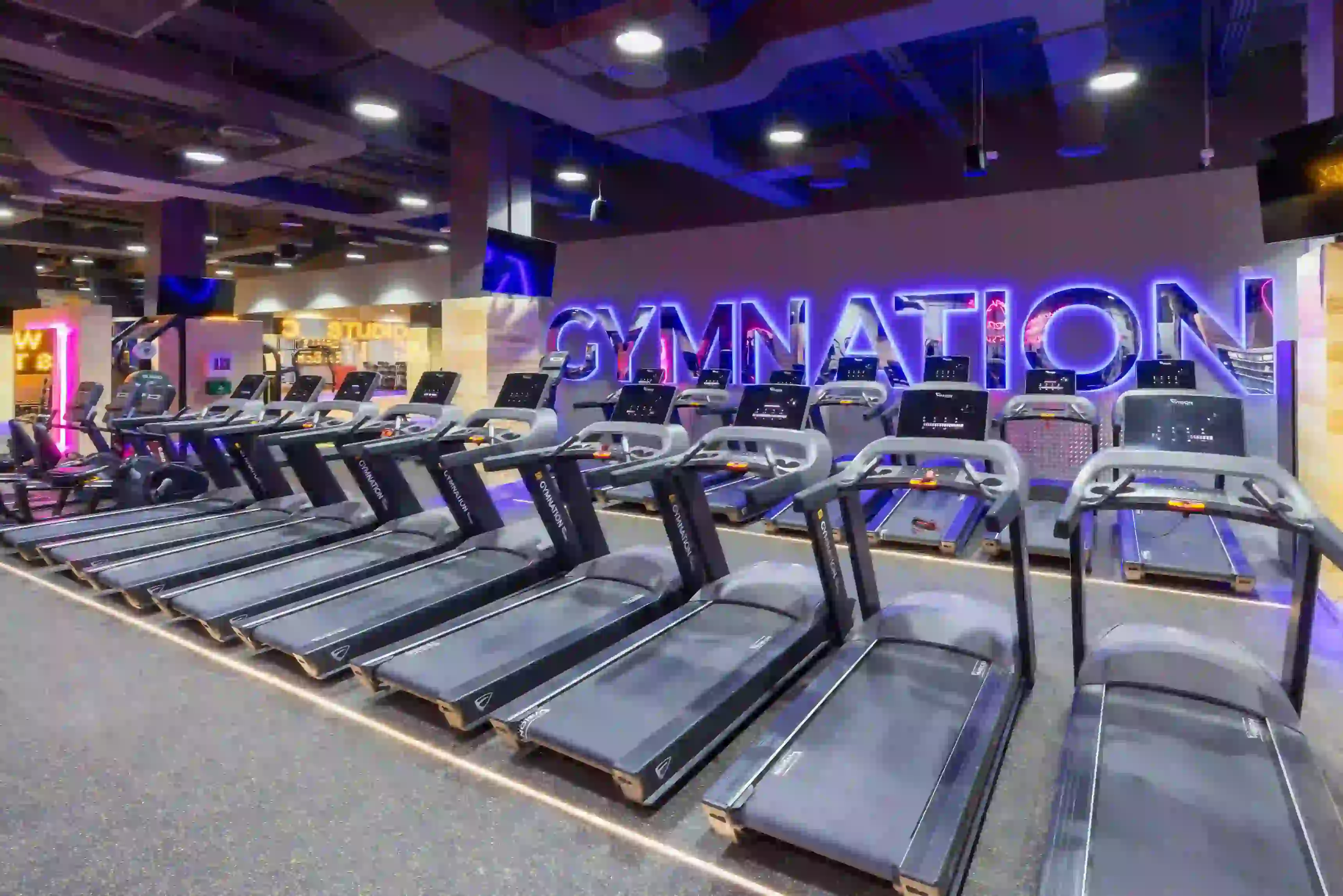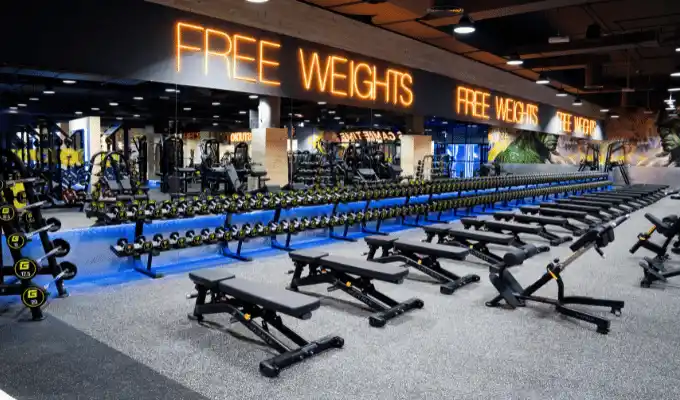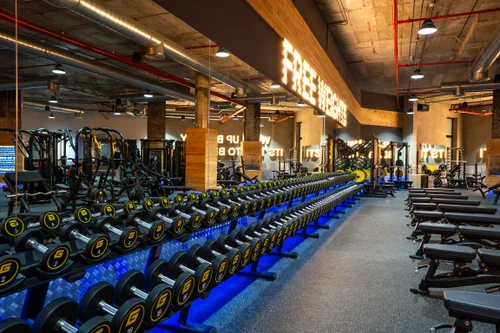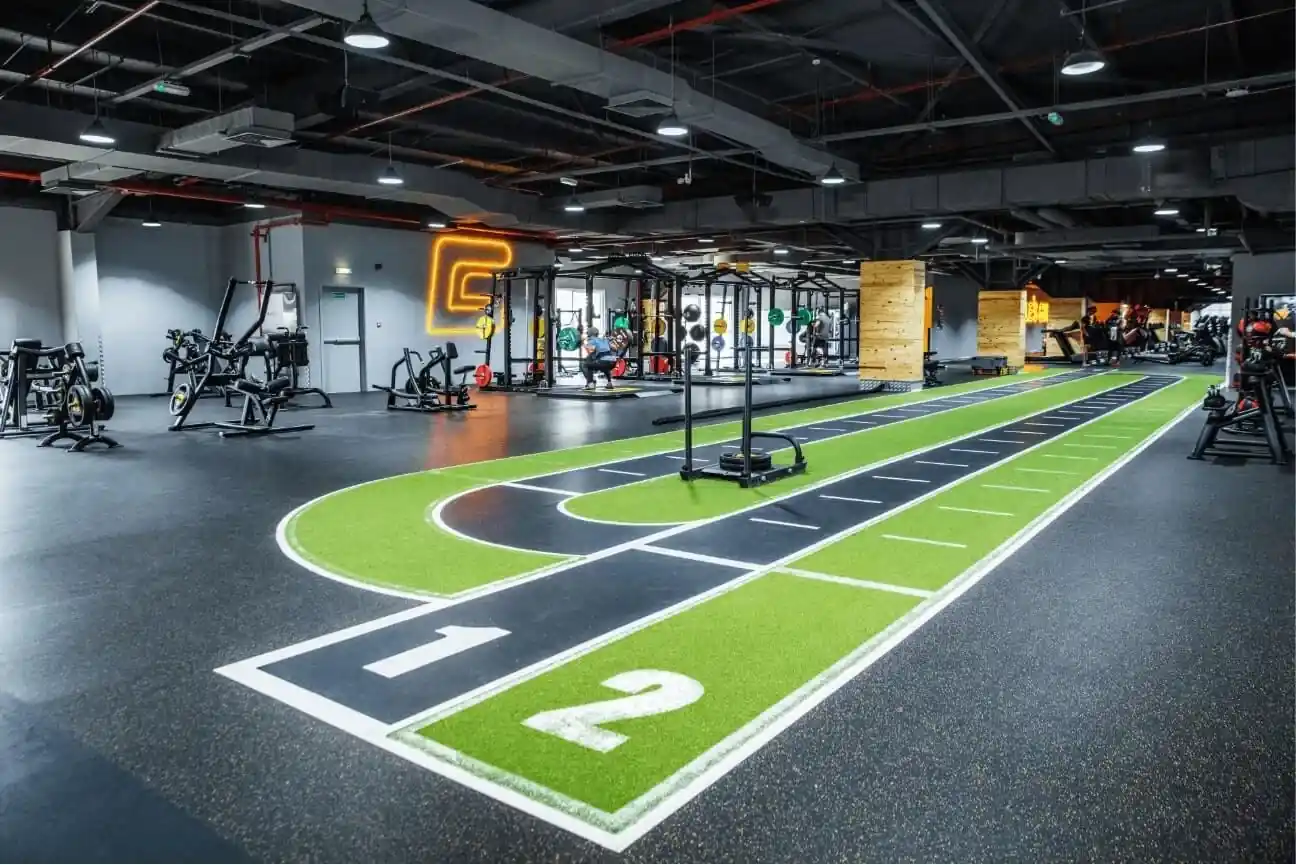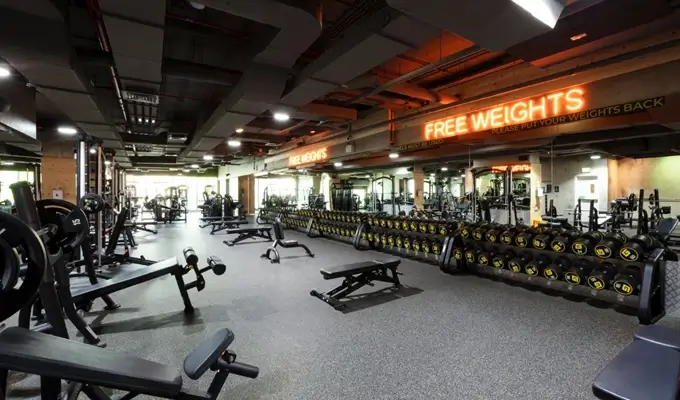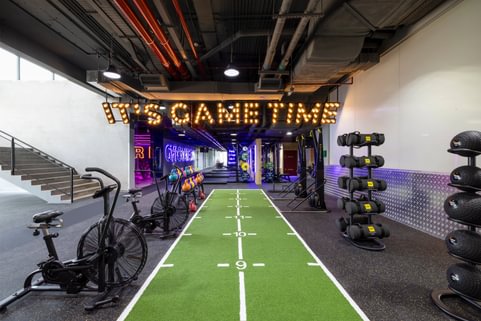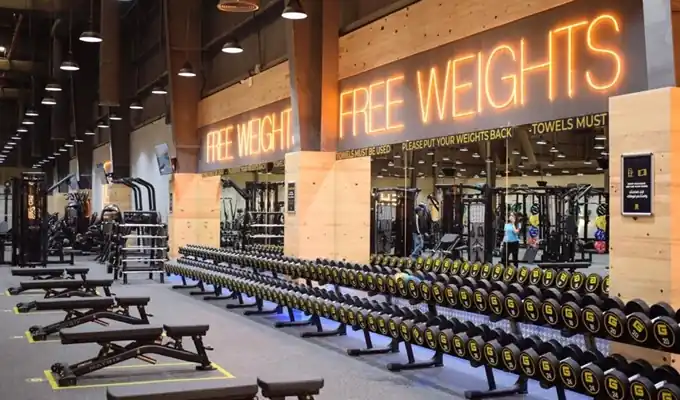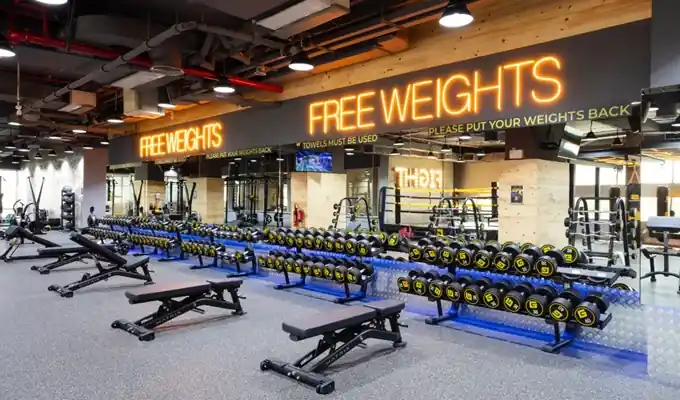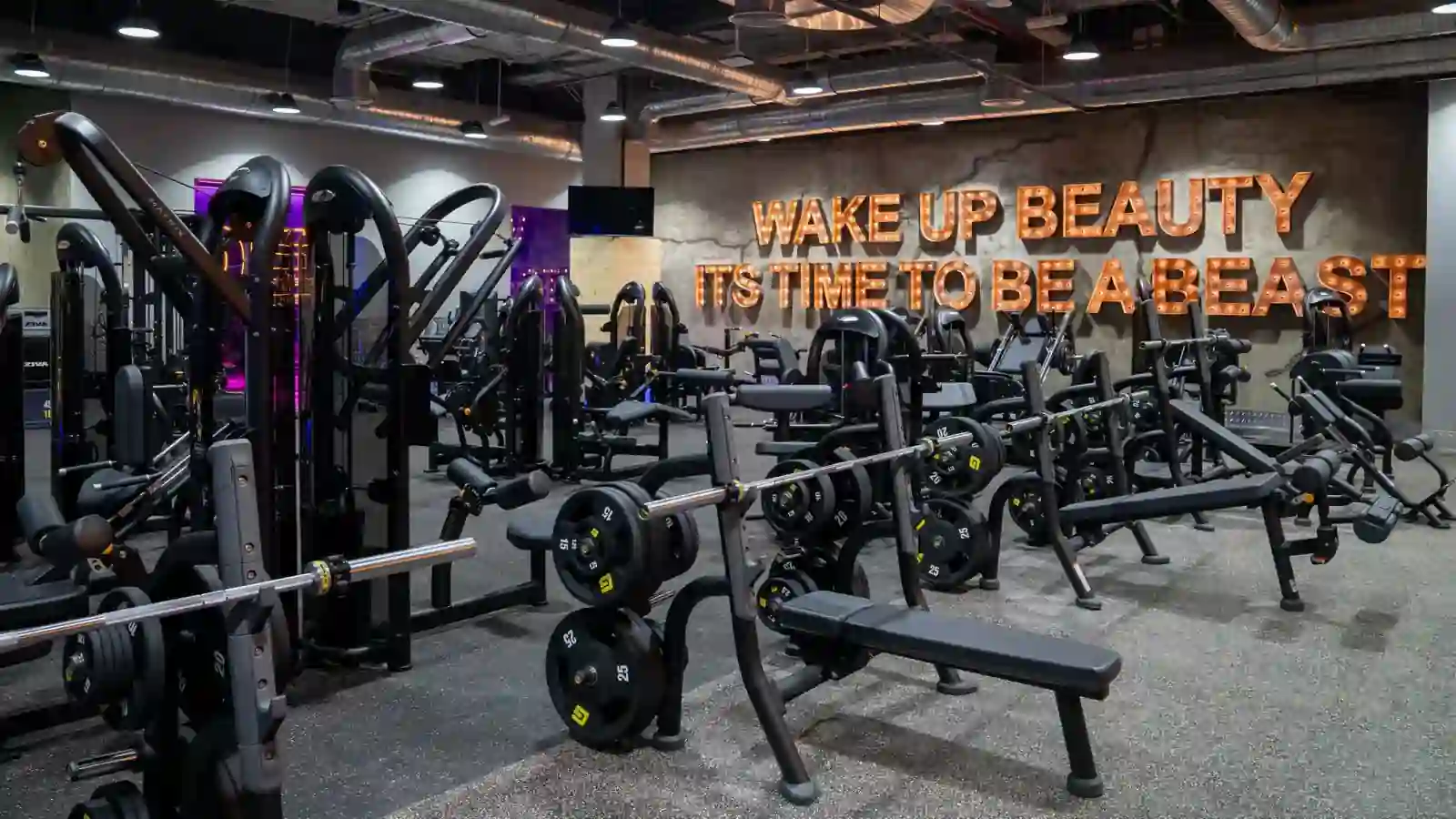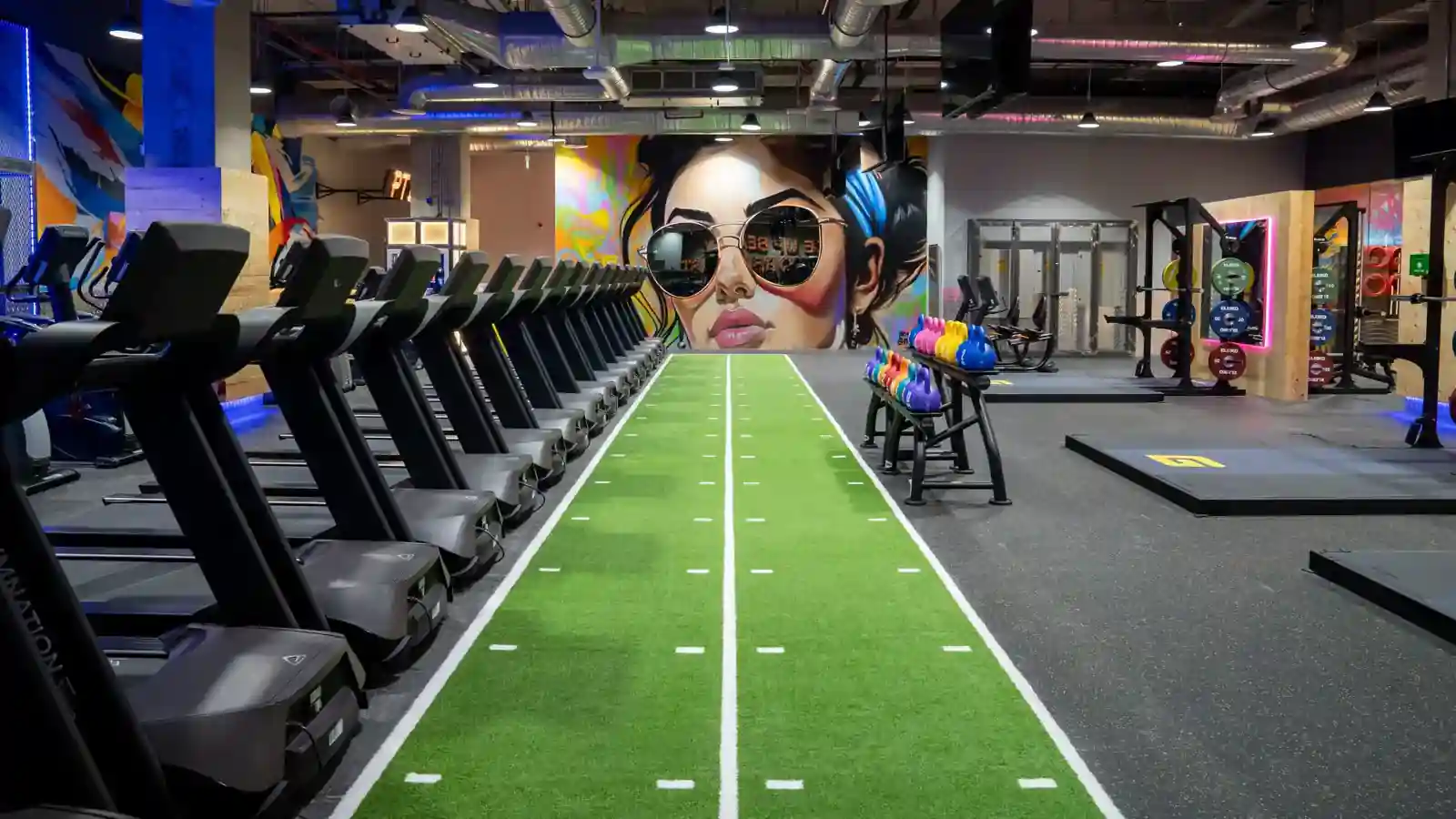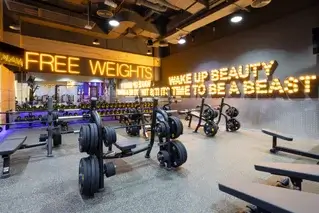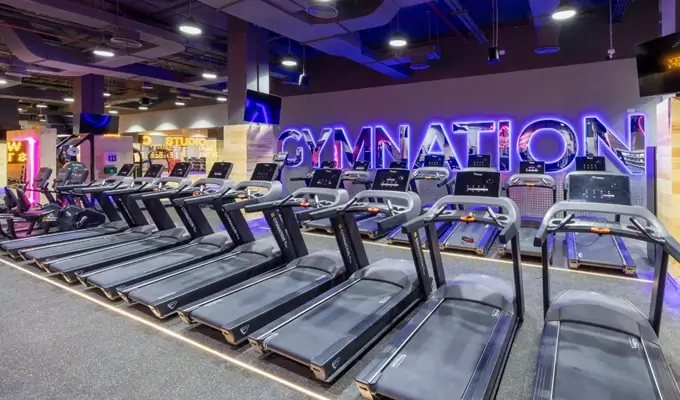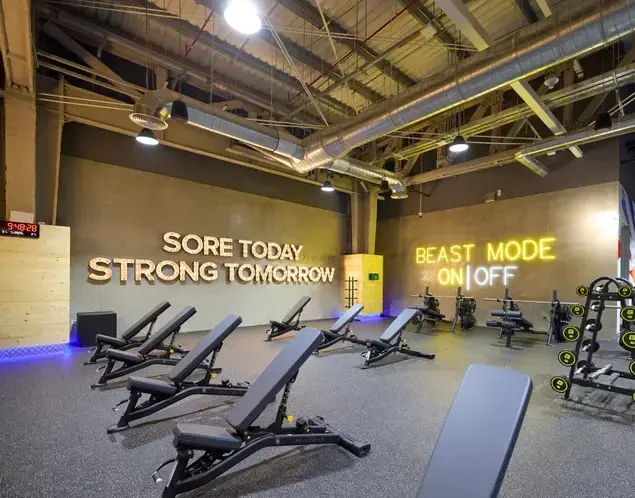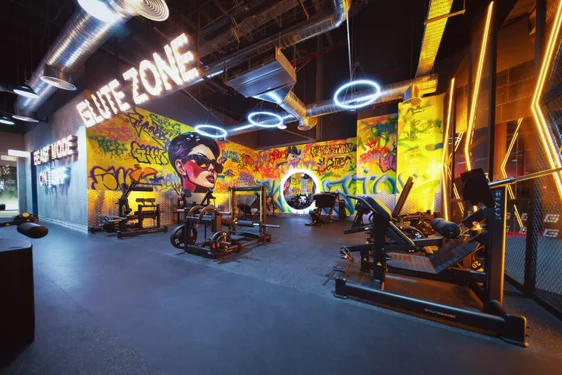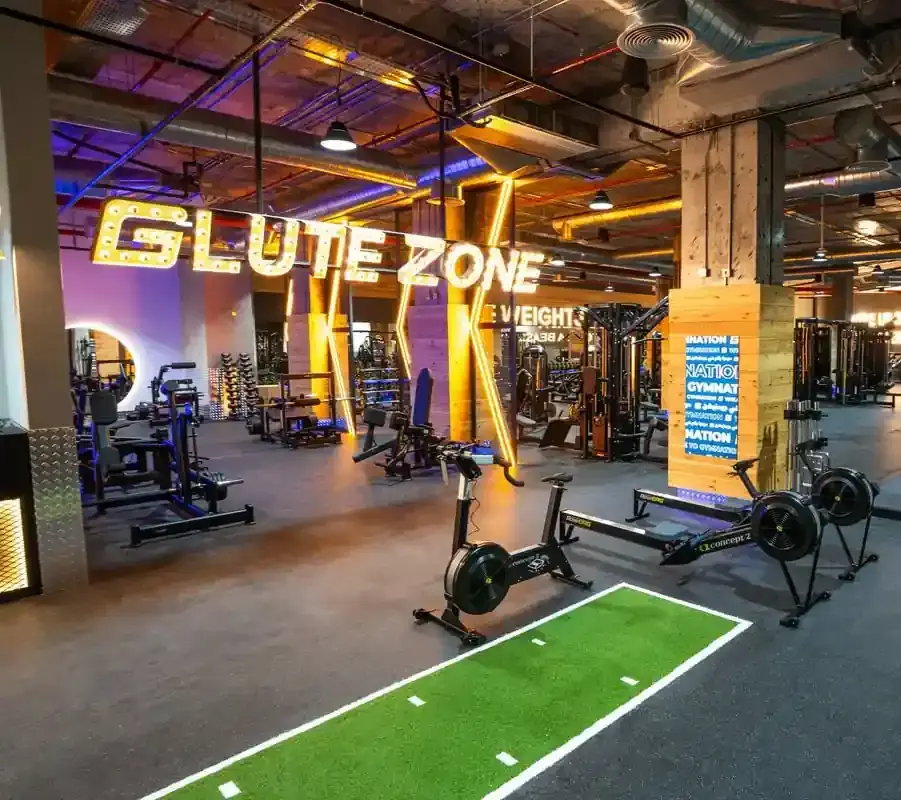Heavy Weight Training at Home: A Midlife Fitness Revolution
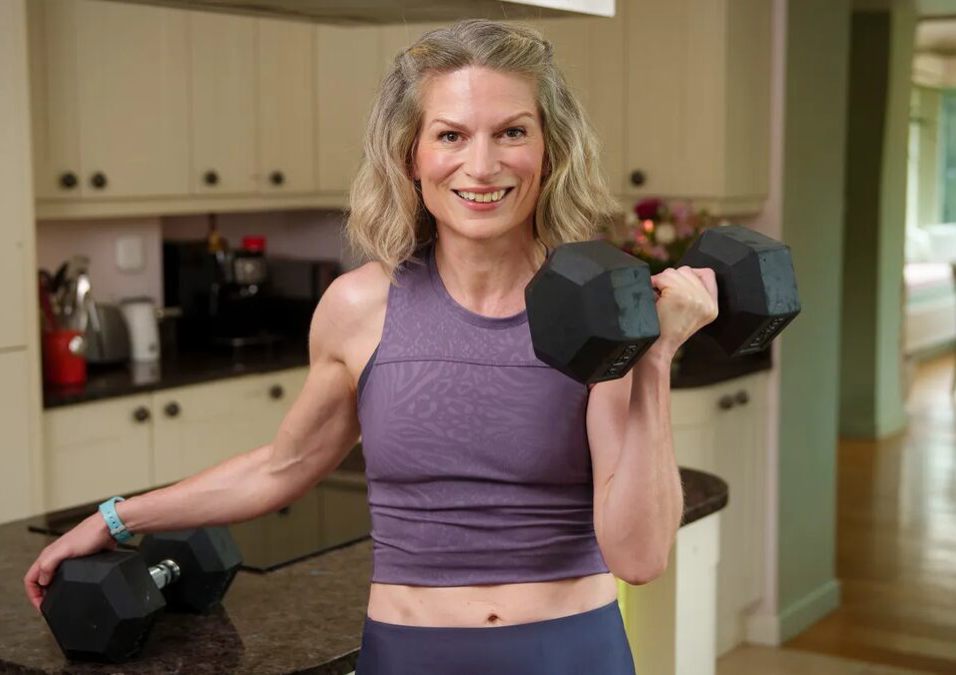
SIGN UP FOR YOUR FREE DAY PASS TODAY!
By rep four, it feels manageable. At rep eight, doubts creep in. By the twelfth lateral raise, my lip starts twitching.
I pause briefly, then push though. Shoulders trembling, I set my 10kg dumbbells down near the dog bowl, pick up my 15kg weights by the fridge, and shift to something even more demanding—deadlifts.
Read Also: Amaka's 5-Step Guide to Weight Loss Success
Welcome to my kitchen workout, heavy-lifting edition. All it takes is discipline, a bit of room amid your daily mess, and about 45 minutes.
The result? More muscle, more energy, and yes, a fair bit of grunting.
Last year, I shared my kitchen-based workout routine packed with high-rep, lighter weights.
Read Also: The HHF Method: Strength Training for Busy Women
Borrowing inspiration from years of interviewing personal trainers and attending fitness classes as a health journalist, I found it practical—not to mention cheaper—than driving to a gym, dodging unsolicited advice.
That regimen boosted my cardiovascular fitness and improved muscle endurance. At 45, I had never felt fitter.
But I hit a plateau. Repeating the same movements, tweaking a few reps here and there, wasn’t cutting it anymore. Like so many women I know, it was time to level up. Enter heavy weights.
Why Heavy Lifting?
The benefits of heavy weight training extend far beyond halting the muscle loss commonly associated with midlife.
It regulates blood sugar levels, boosts bone density—especially important as estrogen levels decline in menopause—and it’s more effective for fat loss than light weight training.
Why? Building muscle increases your resting metabolic rate since muscle burns more energy than fat, even when you’re sitting still. The result? A counterattack against the dreaded midlife spread.
Lifting heavier weights is good for the brain too. A 2023 study found that lifting weights at 80% of participants’ one-rep max (the maximum weight they could lift) boosted levels of brain-derived neurotrophic factor (BDNF), a protein that enhances neuroplasticity.
Lifting lighter weights at 60% of one-rep max didn’t have the same impact.
Read Also: Japanese Walking: A Simple Path to Fitness
Rethinking Fitness Goals
Casey Johnston, author of A Physical Education, transformed her approach to fitness through powerlifting. Despite appearing super-fit—running half-marathons and doing cardio several times weekly—her routines focused on burning calories to “reveal” a toned physique.
Exhaustion and muscle loss were the real outcomes. Powerlifting, she says, shifted her mindset from shrinking her body to strengthening it.
For personal trainer Elizabeth Davies (@thiswomanlifts), “toning” is a myth—muscles can only grow, shrink, or stay the same size. Building strength, she emphasizes, is about health, not aesthetics.
Influencers like Alicia Erickson, aka the “Midlife Maven,” further illustrate heavy lifting’s potential. At 49, she swapped taxing CrossFit sessions for weight training. The results? Biceps that could break walnuts and rock-solid confidence.
Personal trainer Jack Hanrahan notes a rise in women swapping light dumbbells for heavier lifting. “Once you’ve mastered form with light weights, going heavier is the natural progression,” he says.
Beyond physical gains, he observes a shift in how women carry themselves—heavier weights bring strength, confidence, and courage.
How long is your ideal workout?
Taking it Home
Heavy lifting doesn’t require a gym membership. Online personal trainer Kate Rowe-Ham encourages midlife women to lift heavy weights at home.
For some, the privacy eliminates intimidation. With her advice, I invested in dumbbells (10kg, 12.5kg, and 15kg) and a 6kg medicine ball—an up-front cost, but still cheaper than a gym membership.
Jack Hanrahan assures that heavy lifting at home is entirely safe as long as you practice good form and lift with care.
Keep movements controlled, avoid swaying, and maintain proper alignment to prevent force from overloading your joints.
It’s also crucial to breathe correctly—inhale through your nose when lowering a weight or preparing a lift to stabilize your spine through core engagement.
Building Strength, One Move at a Time
Here’s what my heavy-lifting kitchen routine now looks like, designed to target major muscle groups while being doable in a small space.
My Heavy Lift Weekly Routine
- Barbell Squats (3 sets of 40 reps, 23.5kg): A quad, glute, and hamstring killer.
- Rows (2 sets of 15, 12.5kg): Strengthens upper back and shoulders.
- Biceps Curls (3 sets of 12, 12.5kg): The secret to arm definition.
- Weighted Lunges (50 per leg, 12.5kg): Perfect for hitting quads and glutes.
- Weighted Calf Raises (35 reps, 12.5kg): Don’t skip your calves.
- Lateral Raises (3 sets of 12 with 10kg): Ideal for shoulder definition.
- Deadlifts (3 sets of 15 at 15kg): A full-body powerhouse exercise.
- Hip Thrusts (2 sets of 25, 15kg): Activates your posterior chain.
For core strength, I mix in Russian twists, weighted crunches, and planks. Pulses extend muscle time under tension for maximum effectiveness.
Results That Speak
By making heavy lifting a regular part of my fitness routine, I’ve sacrificed a spinning session but gained strength and resilience in return.
I’ve shed six pounds since last summer and am visibly more defined. My energy levels are soaring, and I feel incredible post-workout.
Heavy lifting pushes you—not just physically but mentally. It’s not just about fitting into a smaller size—it’s about carrying yourself with power, confidence, and pride.
With a few dumbbells and a trusted plan, anyone can join the heavyweight club, no gym required. It’s the kind of investment in yourself you’ll never regret.
Source: thetimes
The opinions shared in the GymNation blog articles are solely those of the respective authors and may not represent the perspectives of GymNation or any member of the GymNation team.
GET YOUR FREE TRIAL TODAY




















